Six Pieces for Violin and Piano - Music for South America
Details
Description
SKU: S0.568253
Composed by Ariel Ramirez, Felix Luna, Arnulfo Briceño, Consuelo Velásquez, Violeta Parra, Carlos Eleta, Jose Morales. Arranged by Javier Martínez. 20th Century,Repertoire,South American,Recital,Old-time. Score. 29 pages. Published by Arte Nova Music Lab (S0.568253)."Alfonsina y el mar" is a zamba composed by the Argentinean pianist Ariel Ramírez and the writer Félix Luna, published for the first time on the Mercedes Sosa Argentinian Women album, from 1969. The song was published in a simple 33 1/3 format by Philips in 1969. Side A included "Alfonsina and El Mar" while side B included the northern cueca air "Juana Azurduy", also belonging to the album "Mujeres Argentinas ". The song is a tribute to the poet of the same nationality Alfonsina Storni, who committed suicide in 1938 in Mar del Plata, jumping into the water from a breakwater, although, according to the song, he slowly entered the sea. This connection has originated a widespread but erroneous rumor, according to which the lyrics of the song were originally the suicide letter of the poet, later played by the authors of the zamba. Although Ariel Ramírez did not know the poet directly, she was a student of Ariel's father, Zenón Ramírez, who transmitted the drama of Storni to his son. Impressed by these memories and the poems of Storni, who brought him Luna, Ramírez composed the music and Luna later contributed the lyrics.
"Bésame Mucho" ("Kiss me a lot") is a song written in 1940 by Mexican songwriter Consuelo Velázquez. A famous version is sung byTrio Los Panchos. It is one of the most famous boleros, and was recognized in 1999 as the most sung and recorded Mexican song in the world. The song appeared in the film Follow the Boys (5 May 1944) when it was played by Charlie Spivak and his Orchestra[2] and in Cowboy and the Senorita (13 May 1944) with vocal by Dale Evans.
“Historia de un Amor” is a bolero written in 1955 by the Panamanian author Carlos Eleta Almarán (Dartañan) for his brother as a result of the death of his sister-in-law. It reached a rapid success since it was part of the soundtrack of a Mexican movie of the same name shot in 1956, starring Libertad Lamarque and Emilio Tuero.
“Gracias a la Vida” is a popular song of Chilean folkloric inspiration composed and interpreted by the singer-songwriter Violeta Parra (1917-1967), one of the artists who laid the foundations of the artistic movement known as the New Chilean Song. The song, composed by Parra during his stay in La Paz, opens his album The Last Compositions (1966), the last one published by Violeta before his suicide, which occurred on February 5, 1967. On repeated occasions, this song has been considered one of the most important in Spanish language music and has been described as a "humanistic hymn", 3 obtaining the permanent recognition of critics and the public as a profoundly human work and universal, beyond its transverse popularity.
José Alejandro Morales was the first songwriter to make a protest song in Colombia, with the song Pueblito Viejo. These were his most recognized songs throughout Colombia, afterwards they spread around the world in several languages such as English, French, etc.
Arnulfo Briceño Contreras (Township of Villa Sucre, Arboledas, Norte de Santander, June 26, 1938 - Tame, Arauca, June 11, 1989). He was a lyricist, composer, interpreter, lawyer and Colombian pedagogue. Despite being born in the Andean Region, he stood out as a great exponent of llanera music.
Digital Downloads are downloadable sheet music files that can be viewed directly on your computer, tablet or mobile device. Once you download your digital sheet music, you can view and print it at home, school, or anywhere you want to make music, and you don’t have to be connected to the internet. Just purchase, download and play!
PLEASE NOTE: Your Digital Download will have a watermark at the bottom of each page that will include your name, purchase date and number of copies purchased. You are only authorized to print the number of copies that you have purchased. You may not digitally distribute or print more copies than purchased for use (i.e., you may not print or digitally distribute individual copies to friends or students).
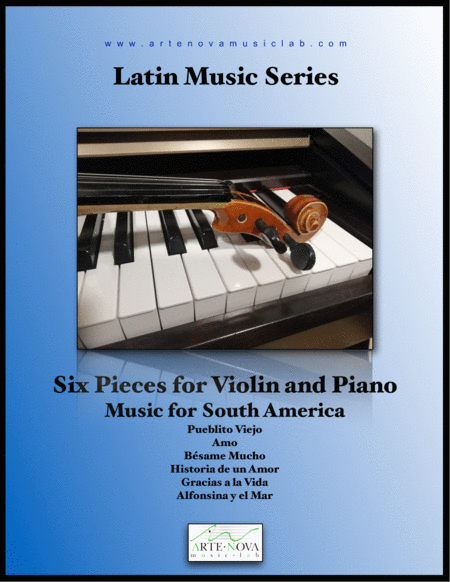
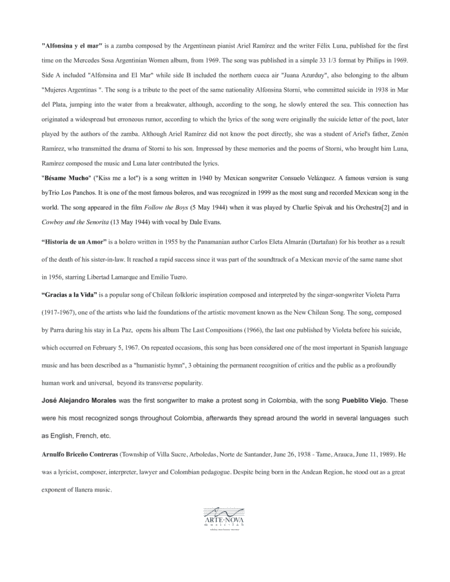
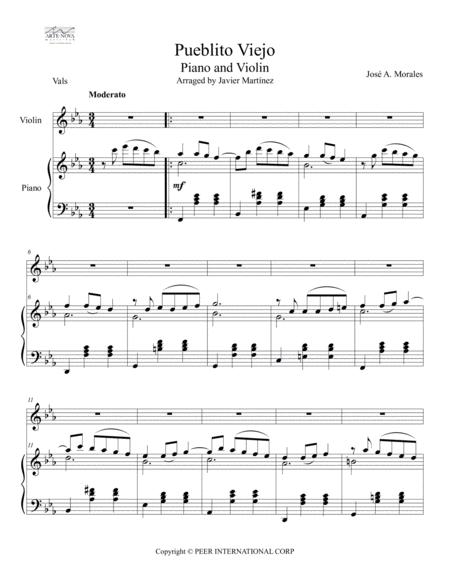
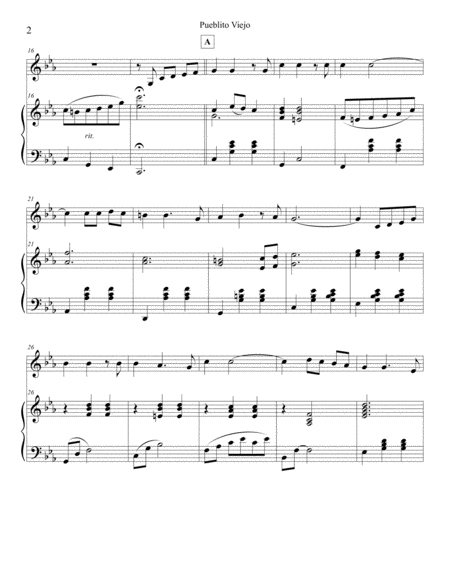
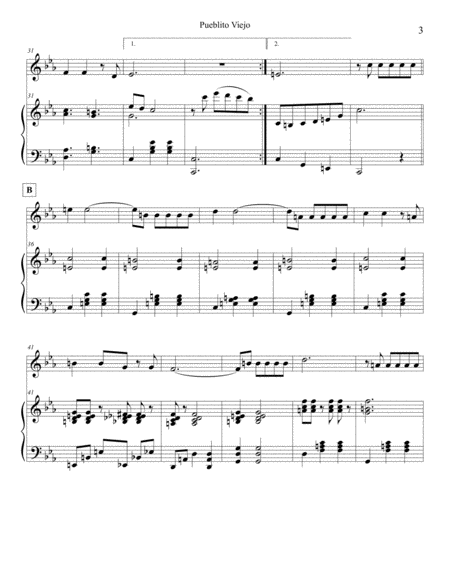
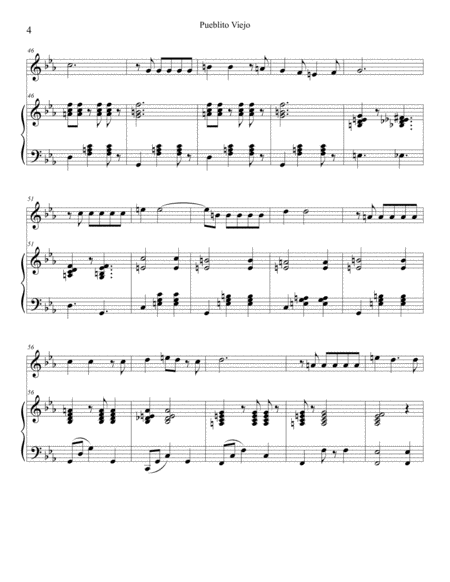
 Share
Share